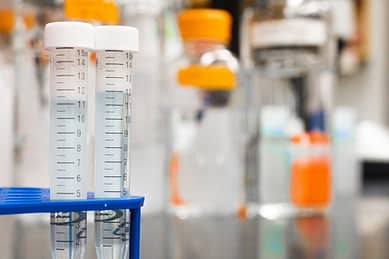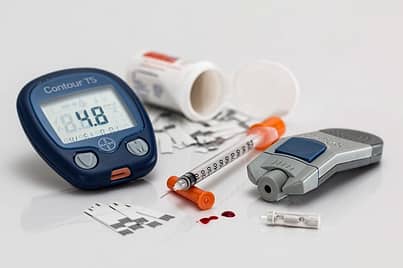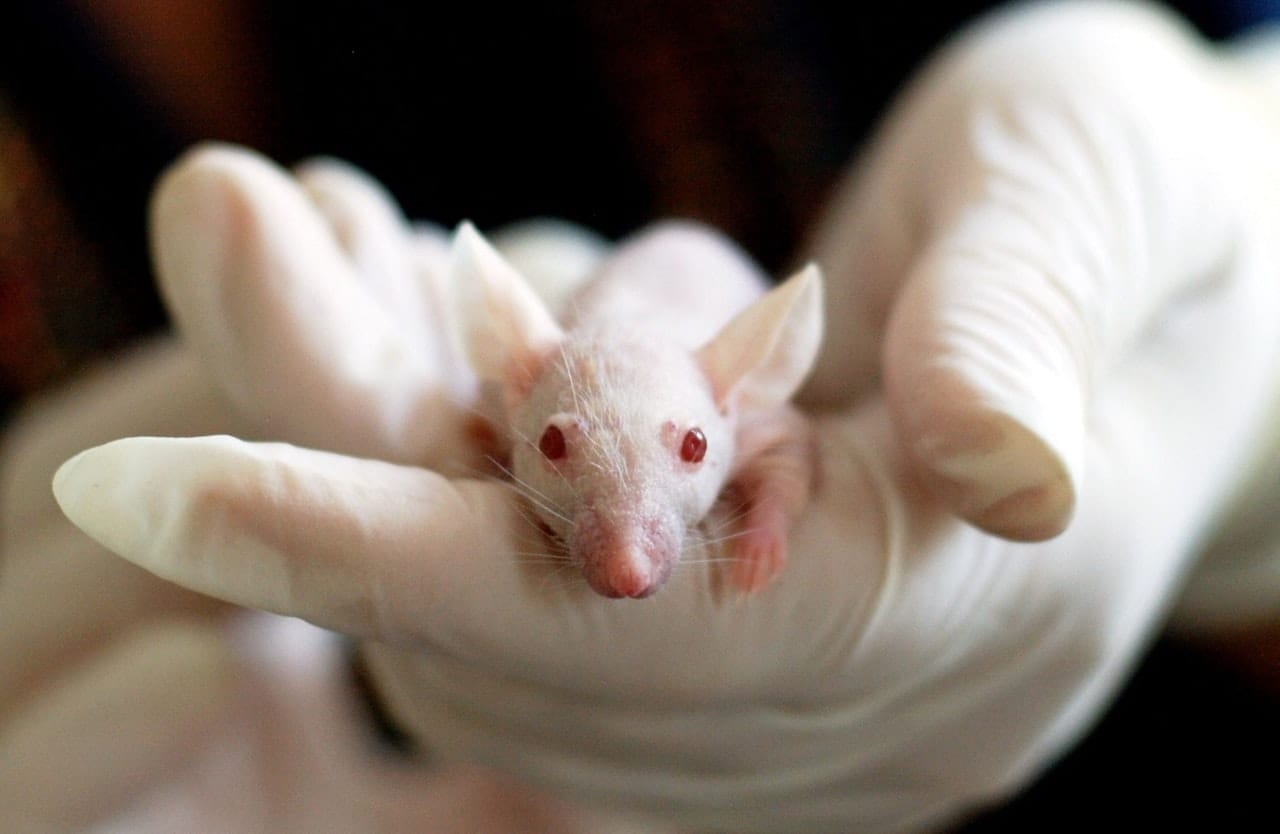[dropcap]I[/dropcap]nsulin, makeup, and transplant surgery. All very important aspects of society today, whether it keeps people alive or is a part of their culture. But they all have exactly one thing in common: they were first tested on animals and proven safe before being introduced to humans. Though, it doesn’t really seem right to group makeup in with lifesaving medical breakthroughs. So why do we, and should we continue?
Cosmetic Testing
Cosmetics are tested on animals to see how the chemicals in the products may impact someone’s skin or the rest of their body. According to a fact sheet by The Humane Society, chemicals can be “rubbed onto the shaved skin or dripped into the eyes” of the animals involved in such tests. Chemicals are also force-fed to these animals to determine if there will be any adverse side effects, such as birth defects or cancer. Animals are also used to discover the “lethal limit” of these chemicals, which is how much it would take to kill someone.
[perfectpullquote align=”right” bordertop=”false” cite=”” link=”” color=”” class=”” size=””]A paragraph from The Humane Society says that upwards of 500,000 animals are needlessly killed for these tests, when there are much safer and faster alternatives.[/perfectpullquote]
In-vitro tests, which use human cells or tissues, are an alternative to animal testing. These tests are often cheaper and more accurate than animal tests because scientists are using human cells and tissues, not animal.
There is also in silico testing, which, according to PETA, is testing that uses computer simulations that show how chemicals can interact with human biology and cause diseases or disfiguration.
Medical Testing
Why can’t we use those same tests for medical research? While they are very accurate for testing how cosmetics interact with the human body, they can’t accurately replicate how a drug or treatment may interact with the human body and all of its systems. This is where animal testing is justified and should be used.

Image from Pexels
This article by Dave Anderson tells about the tragedy of the Thalidomide babies. Thalidomide was used as a treatment for morning sickness in the 1950’s and 60’s after it had been found safe in the animal trials. However, it was discovered that thalidomide caused terrible birth defects after giving it to human mothers.
Why hadn’t these defects been discovered during the time they tested it on animals? Because the tests hadn’t been done correctly. A team of scientists conducted the animal experiment again, and after doing it correctly the results showed birth defects. This is a prime example of why animal testing is so important in medical science.
Continuing medical research on animals for cures to things like cancer is essential to the success of humanity in the future. According to this article by Cancer Research UK, survival rates have doubled in the last 40 years due to the advancements made by animal research. 10 years has now become the minimum added years for over half of all cancer patients.
Opposing Views
This blog argues that testing cosmetics on animals is necessary because it “it would be difficult for researchers to make an educated guess about these products’ safety,” which is not entirely true. If the product has never been tested before, then sure it may be difficult for scientists to make a guess about how the product may react with a human. But with the technology that we have now (in vitro testing and advanced computer models), animal testing is unnecessary for testing in the way of cosmetics.
There really is no excuse for people to believe testing cosmetics on animals is still necessary.
Many countries, such as China, require cosmetics to be tested on animals before being introduced to the public. It doesn’t make any sense, and China should stop dragging its feet about this issue and remove that requirement. This article says that using alternatives to animal testing would actually save money for the large cosmetic brands that are based in China because they more accurately represent human skin.
Life-saving Discoveries
As mentioned in the beginning, insulin, which is a drug used to regulate the blood sugar of people with diabetes, would not have been discovered and approved for human use without animal testing. Also mentioned at the beginning was transplant surgery. Understanding Animal Research says that the first heart transplant happened to a dog in the 1950’s, which is now a life-saving procedure that happens around the world today.

Image from Pexels
Treatments for animals would not be possible without animal testing. The rabies vaccine and the parvo vaccine, which are both indisputably important vaccines for animals, would not exist if it were not for animal testing. So our cute little companions would not be as healthy and safe as they are today without animal testing.
Misleading Info
Organizations like PETA and The Humane Society, although right on their stance about using animals for cosmetic testing, may use misleading information to try and get people on their side about ending all animal testing.
Bringing back the thalidomide babies, they may leave out the part where the test was done wrong to try and discredit the experiments to say all animal testing is bad. PETA argues that labs “imprison millions of animals […] to conduct cruel experiments that cause immense pain and misery,” which makes things sound a lot worse than they actually are. The same article by Dave Anderson mentioned above says that animals that are not neglected give better test results, and that there are laws in place to ensure the safety and well-being of test animals. The Animal Welfare Act requires the humane treatment of animals, and requires each testing facility to have an Animal Care and Use Committee which ensures the laboratories are following the laws set in place by the Animal Welfare Act.
I’m not trying to discredit these organizations because they do provide very insightful information on animal testing, but they tend to exaggerate their information.
[perfectpullquote align=”full” bordertop=”false” cite=”” link=”” color=”” class=”” size=””]Additionally, cosmetic companies may market their products as “cruelty free” but most of the time it’s just a marketing strategy.[/perfectpullquote]
Companies may claim their product is cruelty free, but all of the ingredients in it had probably been tested on animals in the past. Or, the company could have hired someone else to test the chemicals but claim it was not their company who did the tests, therefore the product is marketed as “cruelty free.”
Should Animal Testing Continue?
The answer is yes, it definitely should. But not all types of it.
Testing the chemicals that go in cosmetics is a very important procedure that should still continue, but not on animals. We can use the in vitro tests and in silico tests to accurately predict and discover what will happen to a human when introduced to a substance.
We can’t use these tests for medical research because they would not be effective and would not tell the whole story of how a medicine or treatment could react with a whole system. Those tests also can’t simulate what a drug or treatment would do to an unborn baby. Although, it would be extremely beneficial if we made some big scientific advancements to the point where we can simulate a human body without actually using a human. Then all animal testing could be banned.
Hopefully, cosmetic testing on animals can be banned worldwide in the near future.
Featured image from Pexels





What do you think?
Show comments / Leave a comment